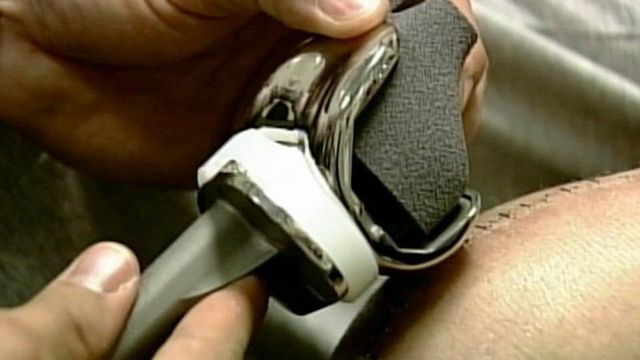Permanent prosthetics could change lives for amputees
Amputees often use prosthetic limbs, but the devices need constant refitting and can be uncomfortable. Now, a cancer survivor and amputee is working with the University of Denver to create "permanent" prosthetics that are part of the body.
Posted — UpdatedWoody Roseland is in motion.
He’s a seven-time cancer survivor who lost his leg to the disease. Now, he’s helping design a better way of living for amputees.
Roseland is working with the engineering students at the University of Denver’s Human Dynamics Lab to design a permanent prosthesis that would attach to an amputated limb through a post in the bone.
“It would be a game changer, really,” he said. “The effects of it would be huge.”
Roseland is connected to infrared cameras that track reflective markers on his body. The cameras capture his movements in 3-D, and the students use the data to design the prosthetic.
Orthopaedic surgeon Dr. Ronald Hugate has led the project at Presbyterian/St. Luke’s Medical Center in Denver.
“You would just attach the prosthetic leg into something that's at the end of your residual limb,” he said. “We need to get the design right before we offer it, obviously.”
Hugate has been on the project since at least 2005, when he worked to implant a pair of artificial legs into the bones of a Siberian husky. The prosthetics were later removed because of fit and infection.
The newer design, which may be ready in two years, uses a special metal that skin and tissue will grow into.
“The benefit there is that it blocks infection,” Hugate said.
The design would eliminate the current socket technology that can be painful and tiring. Hugate said he thinks a permanent prosthetic could restore function to nearly normal, especially for young, active people such as Roseland.
• Credits
Copyright 2024 by Capitol Broadcasting Company. All rights reserved. This material may not be published, broadcast, rewritten or redistributed.





